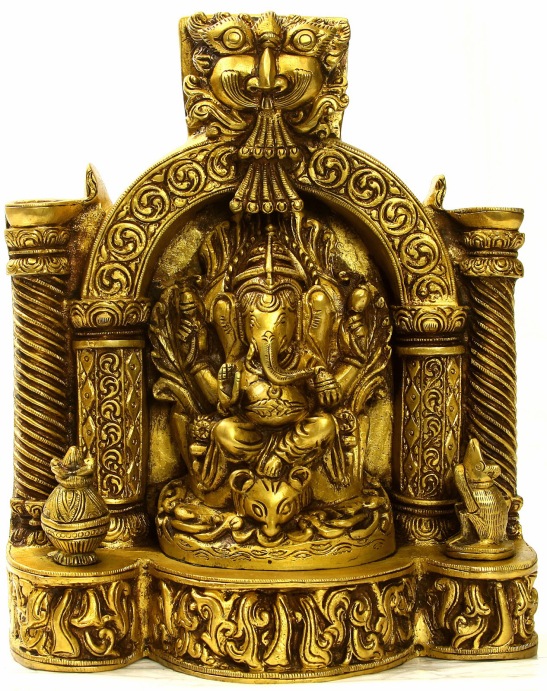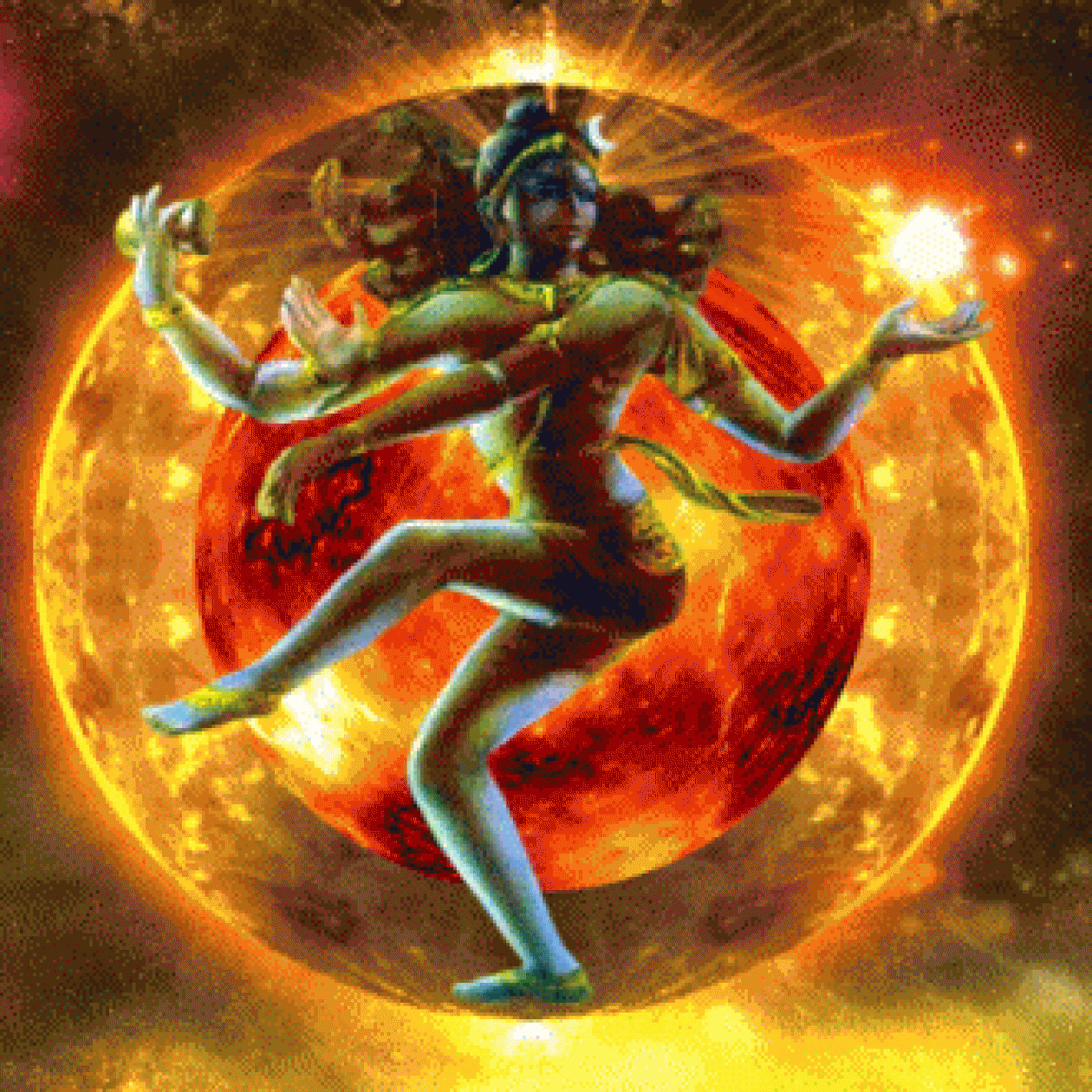- Home
- HINDUISM SCIENCE IN SCRIPTURES
- HINDU SCRIPTURES
- New world encyclopedia
- BHARAT
- ASTROPHYSICS
- CHRISTIANITY
- HEALTH
- NATURAL
- UNIVERSE CREATION
- HINDUISM
- INDIA
- 1000 year old hindu temple in indonesia
- 33 crore gods
- ANCIENT AEROPLANE
- BHAGWAT PURAN
- BUDDHA
- CREATION OF UNIVERSE
- DHARMA
- dwarika
- EMBRYO DEVELOPMENT
- HINDU DHARMA
- HINDUISM AND COSMOLOGY
- LEARN SANSKRIT FREE
- HINDUISM
- Ayurveda in Hindi
- AMAR KOSH-Download free.
- Vedas,Upnishad decoded
- Surya Siddhant
- Book cheapest airline, hotel, car
- Naga Sadhus Defeated Aurangzeb Defending Kashi Vishwanath in 1664
- NewChick
GANESHA MOUSE -A FLYING MACHINE?
Incas were the sun worshippers people in Latin America and their culture was a highly evolved one as all western historians said.

Lord Ganesha has the Mouse,’Mushika’and He is called as Maha Kaaya, one who has a Large Body.
The Fourteen Lokas mentioned in Hinduism denote mental and spiritual development.
Quantum Physics has proved this and planes of Existence.
There are indications that the vehicles, Vahanas of Gods have some thing to do with Space Travel.
Erich Von Daniken also agrees.

On an ancient Incan panel you find a central figure,considerably larger than the other two figures, seated on a ‘mushaka’ or mouse. Is that Sri Ganesha? He was known as ‘Mahakaya’ (महाकाय) on account his being ‘large bodied’. And his vehicle was a ‘mouse.
God Ganesha is seen all over the world from Australia to Malaysia to Indonesia.
Lord Ganesha Cult was present throughout the world.
Ganeshaya Namah inscription in Azerbaijan,

Dwimukha Ganapati
Opening verses of the Carmen, are devoted to honouring Janus, thence were named versus ianuli. Paul the Deacon mentions the versus ianuli, iovii, iunonii, minervii. Only part of the versus ianuli and two of the iovii are preserved.
The manuscript has:
(paragraph 26): “cozeulodorieso. omia ũo adpatula coemisse./ ian cusianes duonus ceruses. dun; ianusue uet põmelios eum recum“;
(paragraph 27): “diuum êpta cante diuum deo supplicante.” “ianitos“.
Many reconstructions have been proposed: they vary widely in dubious points and are all tentative, nonetheless one can identify with certainty some epithets:
Cozeiuod orieso. Omnia vortitod Patulti; oenus es
iancus (or ianeus), Iane, es, duonus Cerus es, duonus Ianus.
Veniet potissimum melios eum recum.
Diuum eum patrem (or partem) cante, diuum deo supplicate.
ianitos.
The epithets that can be identified are: Cozeuios, i.e. Conseuius the Sower, which opens the carmen and is attested as an old form ofConsivius in Tertullian; Patultius: the Opener; Iancus or Ianeus: the Gatekeeper; Duonus Cerus: the Good Creator; rex king (potissimum melios eum recum: the most powerful and best of kings); diuum patrem (partem):father of the gods (or part of the gods); diuum deus: god of the gods; ianitos: the Janitor, Gatekeeper.’
All are the Attributes of Ganesha.
I may add that Jaanu is a term for Ears, Ganesha’s ear being huge(elephant’s)
Janus in Ganesha.
In 1806 Sir William Jones drew a close comparison between a particular form of Ganesha, known as Dwimukhi-Ganesha, and Janus, the two-headed Roman god. Jones felt the resemblance between Dwimukhi-Ganesha and Janus was so strong that he referred to Ganesha as the “Janus of India.” The Dwimukhi-Ganesha form is a very unusual depiction in which Ganesha is shown with the head of an elephant looking toward his right and a human head at his left. It was possessed of four arms. Nagar says that the Dwimukhi-Ganesha form was associated with the region around Bombay.
Another early 19th century Indologist, Edward Moor,claims of an association based on functional grounds, noting that Janus, like Ganesha, was invoked at the beginning of undertakings, a liminalgod who was the guardian of gates. Moor made various other speculations on the connection between Janus and Ganesha.

Ancient painting of space traveller

Ram Sita, Lakshman in Italy
‘assussanni a form of the Sanskrit asva-sani meaning ‘horse trainer’,
aika wartanna meaning one turn (cf. Vedic Sanskrit ek vartanam),
tera wartanna meaning three turns (cf. Vedic Sanskrit tri vartanam),
panza wartanna meaning five turns (cf. Vedic Sanskrit panca vartanam),
satta wartanna meaning seven turns (cf. Vedic Sanskrit sapta vartanam), and
navartanna meaning nine turns (cf. Vedic Sanskrit nava vartanam).
[Regrettably, writers do not mention the Old Iranian equivalents.]
Hindu Kings of Iraq Turkey Syria Lebanon Egypt Italy
Rome and Rama in History channel
How Rome was connected with empire of Ram
Related
2 comments on “GANESHA MOUSE -A FLYING MACHINE?”
Leave a comment Cancel reply
This site uses Akismet to reduce spam. Learn how your comment data is processed.
Information
This entry was posted on September 10, 2016 by Sanatan Dharm and Hinduism in ancient egypt and hinduism, ancient flying machine, Ancient Italy and Hinduism, aztec mayan sumerian inca and hindu connection, Ganesh in Japan ,, hinduism in egypt, hinduism in indonesia, hinduism in south america, hinduism in world, HINDUISM SCIENCE, inca, indonesia and hinduism, sudan and hinduism link and tagged ganesh in inca, hinduism and mayan aztec inca sumerian connection, HINDUISM IN EGYPT, hinduism in italy, inca.Shortlink
https://wp.me/p3WpCN-1ruThis slideshow requires JavaScript.
Archives
Recent Posts
- Mahashivaratri 2024 March 9, 2024
- Maharshi Bhrigu Rishi, the father of the invention of telescope. September 9, 2023
- गोपनीय चमत्कारी गायत्री मंत्र के 13 गुप्त उपाय | गायत्री मंत्र का अर्थ September 2, 2023
- Jamboo Dweep August 19, 2023
- Sri Ramchanda’s exile path-Ramayan July 31, 2023
- MahaVishnu, Hiranyagarbha, Parmatma July 22, 2023
- पृथ्वीस्तोत्र || Prithvi Stotra June 29, 2023
- Congress Leader Rahul Gandhi’s Links to George Soros, Jamaat-e-Islami’- Anti-India links are exposed- June 29, 2023
- Asta Siddhi-8 super power of Hanuman ji June 25, 2023
- Vijñāna-bhairava-tantra April 21, 2023
- Gorakhnath mantras April 18, 2023
- Future Badrinath and God Narsimha of Joshimath connection March 7, 2023
- Ayodhya and Ram in Atharved February 28, 2023
- Brahm Sutra -Part 3 February 19, 2023
BHUPALI RAAG
SANATAN DHARMA
Follow me on Twitter
My TweetsAncient Indian Litterature
HINDUISM
SANSKRIT
- Ashtaadhyaayi part 2
- Ashtaadhyaayi Part 3 in Hindi
- Brihad Dhatu Rupavali
- Download Bhrigu Sutras.pdf
- DOWNLOAD SANSKRIT FREE
- First book of Sanskrit-elementary
- First book of Sanskrit-elementary
- Higher sanskrit grammer
- kashika Nyasa Padamanjari—Sutrapatha Dhatupatha Ganapatha
- Panin Ashtaadhyaayi SootrapaathahYatibodhasahitah
- Panini Ashtadhyayi/mahabhasya – Sanskrit part 2
- Panini astadhyayi part 2
- Panini Mahabhashya
- Samskrita Vakya Prabodh – Swami Dayanand
- Samskrita Vakya Prabodh- Swami Dayanand Saraswati
- sanskrit daily conversation
- Sanskrit dictionary in 3 vol
- Sanskrit elementary -second book.
SANSKRIT LEARNING FREE
- Speak Sanskrit easy way- audio download
- Vachaspatya sanskrit
- Vedic Introduction
VEDAS
HITS
- 1,513,316 9
 SANATAN DHARMA
SANATAN DHARMA
- Vishpala- Ancient medical procedure in India
- Lost Horizon, about the Lost Kingdom of Shangri-La’ पृथ्वी का अद्भूत और दिव्य स्थान-#शंगरीला_घाटी
- Why baby live in womb for 9 months and 9 days
- Ram Setu- a marvel of ancient engineering
- Science in Hinduism
- मुरुदेश्वर, कर्नाटक, Murudeswar, Karnatka, India- Highest Shiva in world
- MUSICAL STEPS IN AIRAVATESHWARA MANDIR; AN EXTRAORDINARY EXAMPLE OF SHILPA SHASTRA
- Untitled
- Sun temple of Multan
- Varahamihir, who predicted water in Mars
 Ancient Indian Temples
Ancient Indian Temples
- शिव का अदृश्यलोक: साल में तीन महीने के लिए प्रकट होने वाला एक मंदिर | KU...
- Surya Temple - Kalkere, Haveri, Karnataka, India- Beutiful sculpture in small villege
- God Ram had advanced Bow and missile as arrow-decoded-
- Sri Lakshmi Narasimha Temple, Javagal – A Forgotten Wonder
- Why baby live in womb for 9 months and 9 days
- बृहदेश्वर मंदिर, Brihdeswar Temple in Thanjavur,Tamilnadu
- Baphuon Temple -Splendid Shiva Temple in Cambodia, earlier Hindu Kingdom
- Death of Hindu
- Untitled
- Sphinx temple of Baluchistan
Decoding hinduism
Social
Tags
#ZERO ANCIENT AEROPLANE ancient astronauts ANCIENT INDIA ancient Indian ancient science ASTROLOGY ayurveda BALMIKI RAMAYAN BHAGVATGITA BHAGVAT PURAN BHARAT BHASKARACHARYA BIBLE CHRISTIAN INVASION IN INDIA CHRISTIANITY CHRISTMAS CONGRESS CREATION OF UNIVERSE DECODING HINDUISM EARTH GITA GOD VISHNU HINDU DHARMA HINDUISM HINDUISM AND COSMOLOGY HINDUISM IN EGYPT HINDUISM SCRIPTURES hindu scriptures history HISTORY OF INDIA HISTORY OF INDIA/BHARAT INDIA ISLAM Islamic Destruction of Hindu Temples. islamic terrorism ISLAMIST KRISHNA KUNDALINI Kundalini (कुण्डलिनी) Lord Shiva Lord Vishnu MAHABHARAT mayan MUSLIM OM origin of universe QURAN rajput RAM RAMAYAN rebirth REINCARNATION RELIGION RIGVED sanatan dharma Sanskrit SCIENCE SCIENCE AND VEDAS SCIENCE IN HINDUISM SCRIPTURES SHIVA SOUL SRIMAD-BHAGVAT PURAN TAJ MAHAL talpade TAMILS UNIVERSE UPNISHAD VEDAS vedic cosmology vedic culture VEDIC MATHMATICS Vedic science vedic world VIMANAFollow me on Twitter
My Tweetshttps://www.interserver.net/r/711919
This slideshow requires JavaScript.
Recent Posts
- Mahashivaratri 2024
- Maharshi Bhrigu Rishi, the father of the invention of telescope.
- गोपनीय चमत्कारी गायत्री मंत्र के 13 गुप्त उपाय | गायत्री मंत्र का अर्थ
- Jamboo Dweep
- Sri Ramchanda’s exile path-Ramayan
- MahaVishnu, Hiranyagarbha, Parmatma
- पृथ्वीस्तोत्र || Prithvi Stotra
- Congress Leader Rahul Gandhi’s Links to George Soros, Jamaat-e-Islami’- Anti-India links are exposed-
- Asta Siddhi-8 super power of Hanuman ji
- Vijñāna-bhairava-tantra
- Gorakhnath mantras
- Future Badrinath and God Narsimha of Joshimath connection
- Ayodhya and Ram in Atharved
- Brahm Sutra -Part 3
- Brahm Sutra Part 2
- Brahm Sutra Part 1
- Maharishi Kakbhusundi
- चमत्कारिक मंदिर, जहां 7 दिनों में लकवाग्रस्त व्यक्ति हो जाता है
- Dinosaurs are mentioned in Vedas, Puranas
- Kanada on gravitational
 Vedic science
Vedic science
- Vishpala- Ancient medical procedure in India
- Lost Horizon, about the Lost Kingdom of Shangri-La’ पृथ्वी का अद्भूत और दिव्य स्थान-#शंगरीला_घाटी
- Why baby live in womb for 9 months and 9 days
- Ram Setu- a marvel of ancient engineering
- Science in Hinduism
- मुरुदेश्वर, कर्नाटक, Murudeswar, Karnatka, India- Highest Shiva in world
- MUSICAL STEPS IN AIRAVATESHWARA MANDIR; AN EXTRAORDINARY EXAMPLE OF SHILPA SHASTRA
- Untitled
- Sun temple of Multan
- Varahamihir, who predicted water in Mars
Older posts
- March 2024
- September 2023
- August 2023
- July 2023
- June 2023
- April 2023
- March 2023
- February 2023
- January 2023
- October 2022
- August 2022
- July 2022
- May 2022
- March 2022
- February 2022
- January 2022
- November 2021
- October 2021
- September 2021
- August 2021
- July 2021
- June 2021
- December 2020
- November 2020
- July 2020
- June 2020
- May 2020
- February 2020
- December 2019
- October 2019
- September 2019
- August 2019
- July 2019
- May 2019
- April 2019
- March 2019
- February 2019
- January 2019
- December 2018
- November 2018
- October 2018
- July 2018
- May 2018
- April 2018
- March 2018
- February 2018
- January 2018
- December 2017
- November 2017
- October 2017
- September 2017
- August 2017
- July 2017
- June 2017
- May 2017
- March 2017
- January 2017
- December 2016
- November 2016
- October 2016
- September 2016
- August 2016
- July 2016
- June 2016
- May 2016
- April 2016
- March 2016
- February 2016
- January 2016
- December 2015
- November 2015
- October 2015
- September 2015
- August 2015
- July 2015
- June 2015
- May 2015
- April 2015
- March 2015
- February 2015
- January 2015
- December 2014
- November 2014
- October 2014
- September 2014
- August 2014
- July 2014
- June 2014
- May 2014
- April 2014
- March 2014
- February 2014
- January 2014
- December 2013
- November 2013
- September 2013
I'm just starting out; leave me a comment or a like :)








Reblogged this on GLOBAL HINDUISM.
LikeLike
Pingback: GANESHA MOUSE -A FLYING MACHINE? – Voice of world